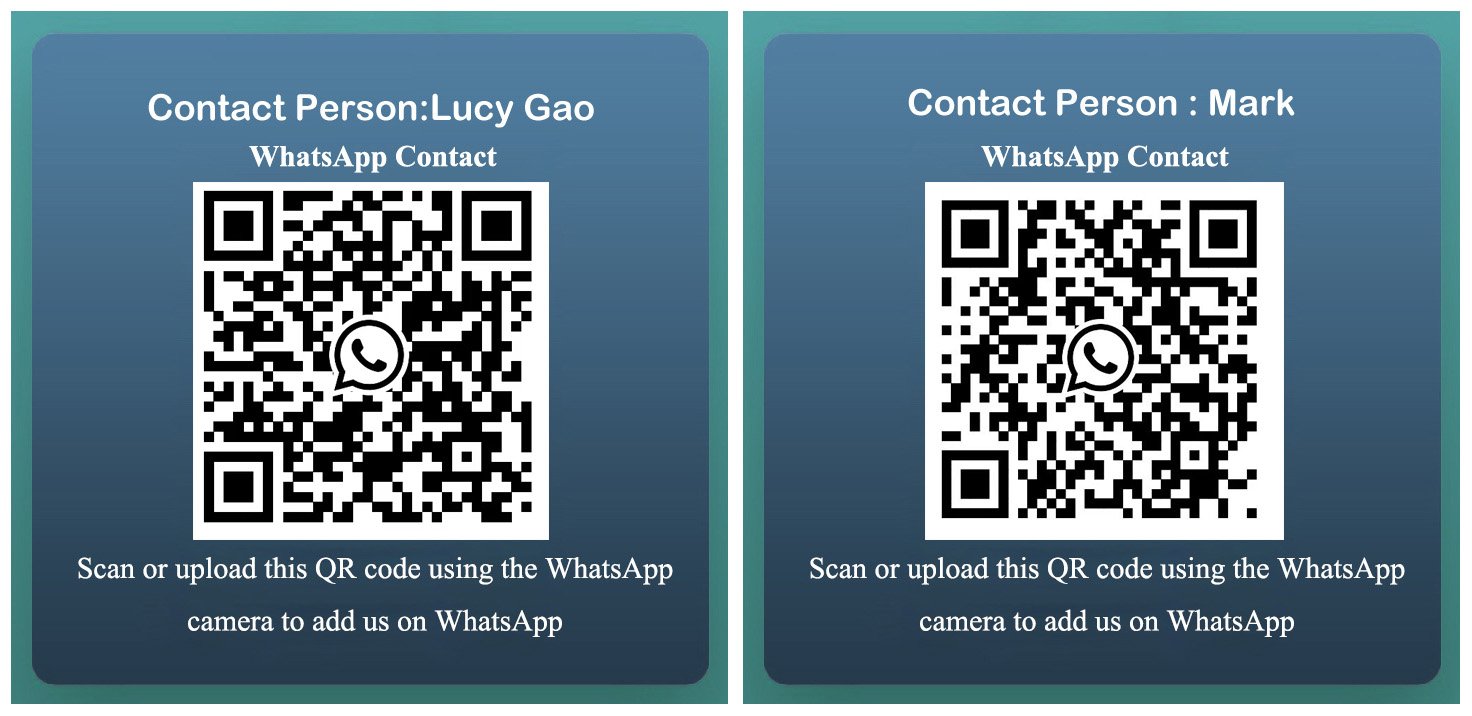Categories
- NEWS (5)
- BLOG (29)
- Technical Documentation (40)
MAIKONG.LTD, a global leader in the research, development, and manufacturing of advanced diagnostic and treatment equipment for diabetes, offers a wide range of products to support diabetic care. Our lineup includes Neuropathy Screening and Detection Equipment, Digital Biothesiometers, Near-Infrared Diabetic Treatment Devices, and Diabetic Vascular Neuropathy Treatment Devices, among many others. Additionally, we provide OEM/ODM services, allowing clients to customize packaging, appearance, and software to feature personalized logos. As we expand globally, MAIKONG.LTD is dedicated to improving the lives of diabetic patients worldwide, including addressing the risk of hypoglycemia (low blood sugar).
Hypoglycemia is a common and serious complication that diabetic patients, or “糖友” (as referred to in Chinese), must manage. If left untreated, it can be dangerous and potentially life-threatening. Hypoglycemia occurs when blood sugar levels drop below normal, typically below 3.9 mmol/L (70 mg/dL).
According to Dr. Robert, a medical expert featured on the “Health Living Network” in the United States, preventing hypoglycemia involves understanding its causes, symptoms, and appropriate interventions. He has outlined a simple and effective method for diabetic patients to manage hypoglycemia through what is referred to as the “Three-Character Classic”, or 防低血糖三字经, which is a mnemonic strategy to help patients remember key steps in hypoglycemia prevention and management.
The symptoms of hypoglycemia can vary from person to person, so it is important for diabetic patients to be aware of their unique warning signs. Some common symptoms include:
If any of these symptoms are present, it is crucial to check blood sugar levels immediately. Early recognition and intervention are key to preventing more severe outcomes, such as loss of consciousness or seizures.
Certain diabetes medications, especially insulin and some oral antidiabetic drugs, can increase the risk of hypoglycemia. Insulin injections are one of the most common causes of low blood sugar. Other medications, such as sulfonylureas (like glipizide) and meglitinides (like repaglinide), also raise the risk of hypoglycemia.
It’s important for diabetic patients to consult their healthcare provider about their medication regimen and understand which drugs may cause low blood sugar. Adjustments may be necessary to reduce this risk, especially for patients who frequently experience hypoglycemic episodes.
One of the most effective ways to prevent hypoglycemia is through frequent monitoring of blood glucose levels. This is especially important when patients feel any symptoms of low blood sugar. Regular monitoring enables patients to take proactive steps to manage their condition, such as eating a snack or adjusting their medication dosage under a doctor’s guidance.
MAIKONG.LTD provides advanced Digital Biothesiometers and other diabetic screening equipment to help patients closely monitor their condition and avoid complications like hypoglycemia.
Hypoglycemia can occur at any time, so it is essential for diabetic patients to always have quick-access snacks on hand. These can include:
If blood sugar levels drop below 3.9 mmol/L, consuming one of these snacks can help raise blood sugar levels. After eating, patients should wait 15 minutes and then recheck their blood sugar. If it is still low, they should consume another snack until levels stabilize.
In cases of severe hypoglycemia, diabetic patients can lose consciousness if treatment is delayed. Patients who are on insulin therapy should always carry glucagon, a medication that raises blood sugar levels. It is also important to educate family members and friends on how to administer glucagon in an emergency.
If glucagon is not available, or if a patient loses consciousness, immediate medical help should be sought. Friends or family should call emergency services to ensure the patient receives proper care as quickly as possible.
Maintaining a regular, healthy diet is one of the best ways to prevent hypoglycemia. Diabetic patients should ensure they eat at consistent times and avoid skipping meals.
Here are a few dietary tips to help manage blood sugar:
If a diabetic patient experiences frequent hypoglycemic episodes, they should consult their healthcare provider immediately. Repeated episodes of hypoglycemia can lead to a condition known as hypoglycemia unawareness, where the body no longer sends warning signals of low blood sugar. This can be very dangerous, as patients can quickly fall into a coma without experiencing any symptoms.
A healthcare provider may recommend adjusting the patient’s medication or provide strategies to better manage their condition. MAIKONG.LTD offers a variety of tools, such as Neuropathy Screening Equipment and Diabetic Foot Screening Kits, which can aid in comprehensive diabetes management and help prevent complications like hypoglycemia.
At MAIKONG.LTD, we understand that managing diabetes involves more than just physical health. The risk of complications like hypoglycemia requires careful attention and proactive measures. Our advanced diabetic diagnostic and treatment equipment, combined with our OEM/ODM services, allows us to support diabetic patients in both monitoring and managing their condition effectively.
If you are a distributor looking for innovative, high-quality diabetic care solutions, MAIKONG.LTD is here to provide you with customizable options that meet the specific needs of your market. We are committed to improving the lives of diabetic patients globally by helping them manage both their blood sugar levels and overall health more effectively.
Preventing Hypoglycemia: A Guide for Diabetic Patients
Diabetic Complications: Understanding and Managing Depression in Diabetes
For more information about our products and services, or to become a part of our global distribution network, please contact us. Together, we can make a difference in the fight against diabetes and its complications.

WhatsApp us
